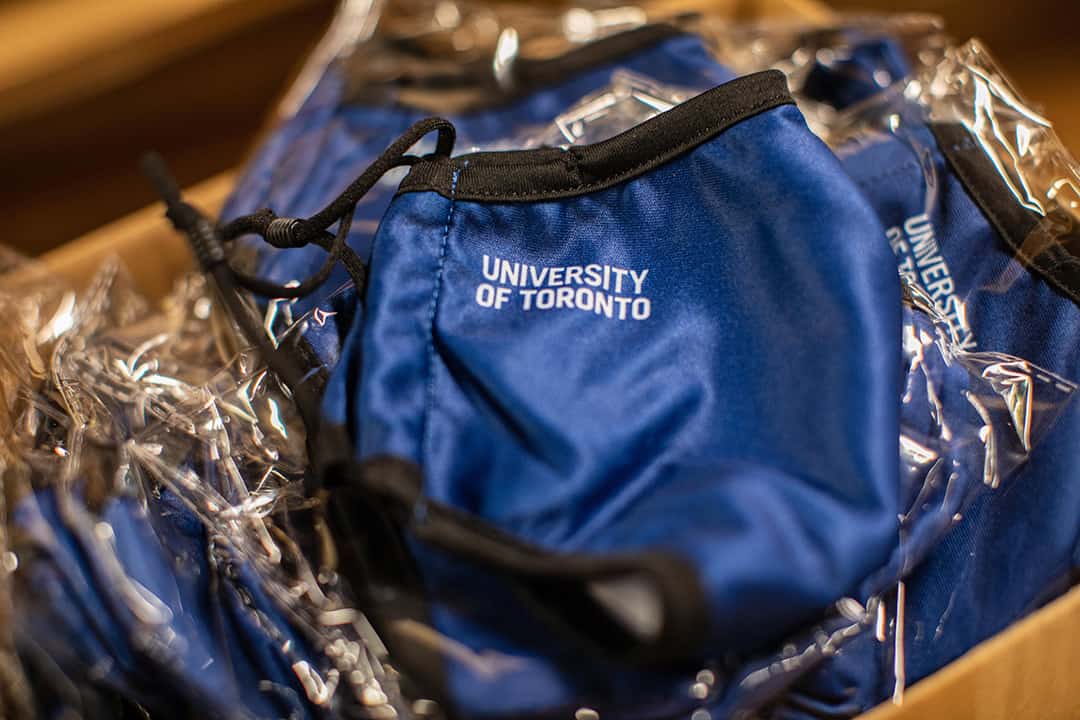Professor David Fisman, an epidemiologist at the Dalla Lana School of Public Health at U of T, claimed in a recent Twitter thread that the 250,000 masks U of T has obtained to distribute to members of the community may not be effective against COVID-19.
The masks are made out of double-ply polyester, which is less effective at filtering efficiently, according to a study linked by Fisman. Generally, aside from medical-grade masks, cotton masks are thought to be the most effective.
The study concluded that “there is a complex interplay between fabric type, weave, and yarn count and the filtration of nanometer-sized aerosol particles.” It listed two types of polyester as having a “quality factor” of less than three, while the World Health Organization recommends using masks that have a quality factor of more than three. Overall, the study still found that the most effective material is a tightly woven cotton fabric.
A U of T News article about the masks said that the masks “are intended to supplement the homemade and store-bought masks many U of T community members have been using since the pandemic began.” However, if the masks are not meant to be worn alone, it is not clear how the university will communicate this fact to community members who may be relying solely on the U of T-provided masks.
“To me, this fits a pattern that has emerged, of our administration paying lip service to safety, focusing on optics (“we bought 250,000 masks!”), but really not using available science or expertise to actually keep our community safe,” tweeted Fisman.
“In May 2020, as a goodwill gesture to promote health and safety, and prior to the advent of mask-wearing policies for enclosed public spaces, the University arranged the procurement of 250,000 U of T branded, non-medical, reusable cloth face masks in order to provide two to every student, staff, faculty, and librarian member of the U of T community,” Vice-Provost Students Sandy Welsh wrote to The Varsity.
“We considered samples from 6 authorized U of T vendors,” she explained. “We referred to the guidance of public health organizations in selecting the masks and considered a combination of factors including fabric and weight, comfort, and quality.”


